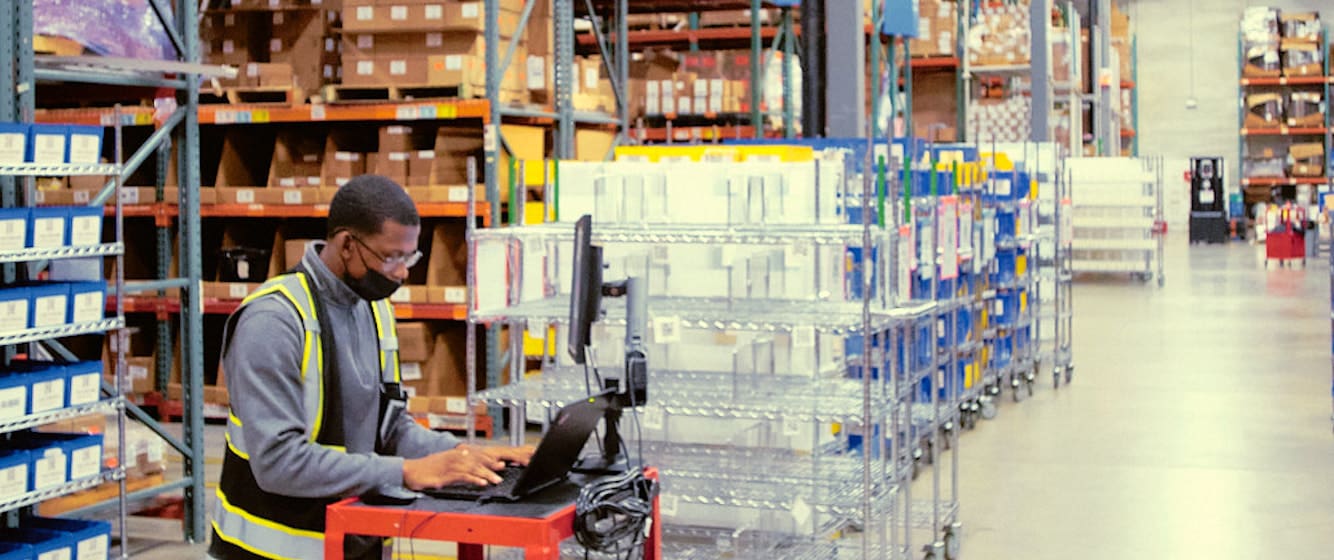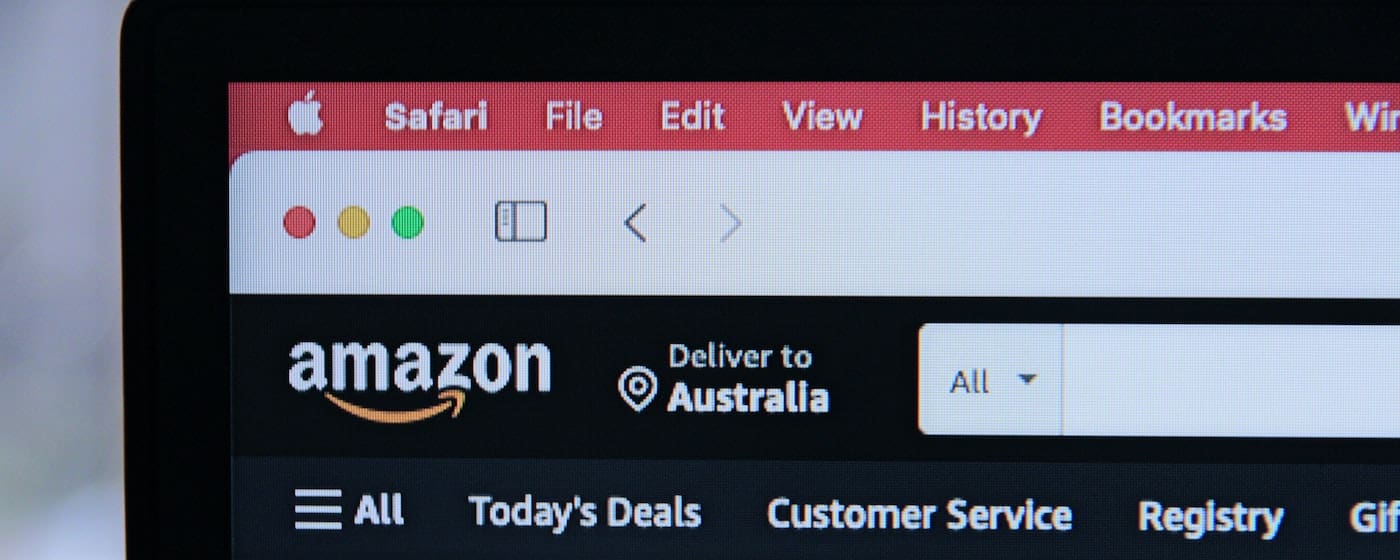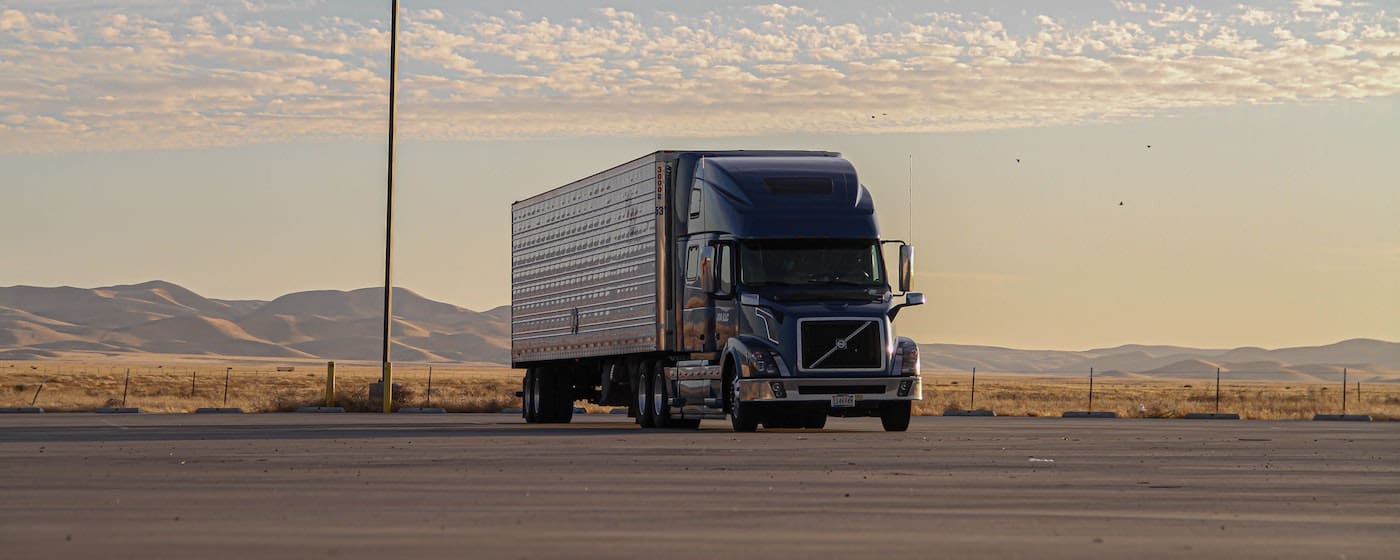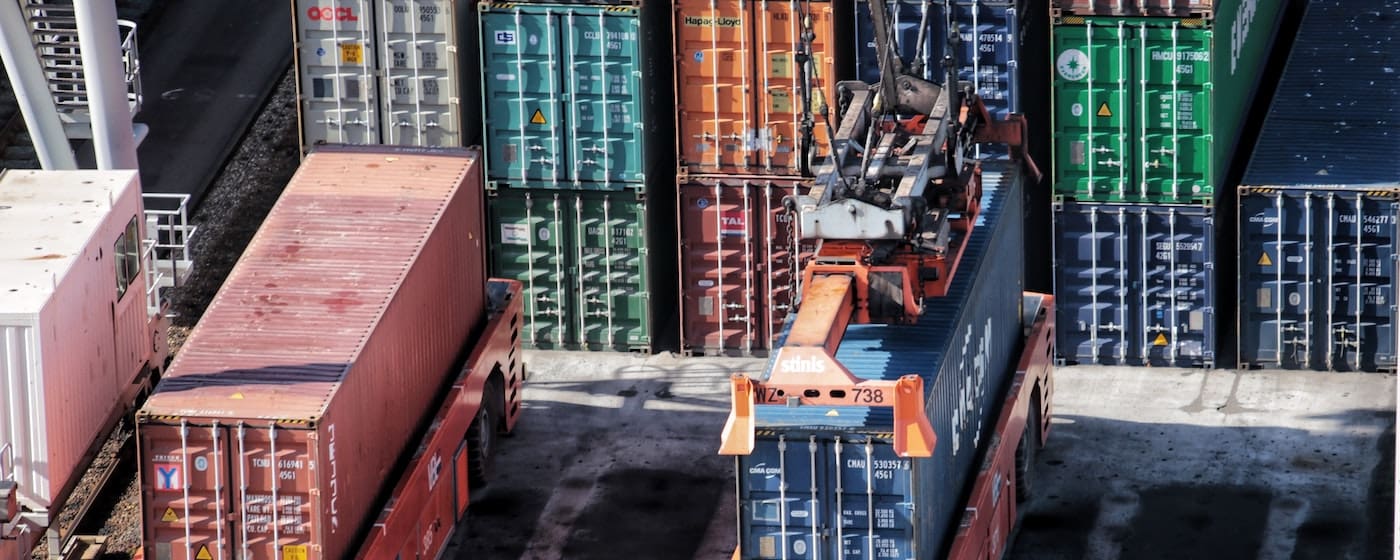Table of Contents
** Minutes
The importance of warehouse zoning
Your warehousing activities play a critical role in the entire supply chain and determine its effectiveness. As such, building an effective and responsive supply chain requires optimising every aspect of your warehouse management and order picking process. This often involves businesses adopting efficient warehouse picking processes such as zone picking. In this guide, we take a closer look at what this is and how your business can benefit from it.
What is zone picking?
Zone picking is an order picking process in which pickers are assigned to pick items from a dedicated zone of the warehouse. In this process, the warehouse is divided into distinct zones or sections based on various characteristics such as item category or picking requirements.
So for example, you may have one section for fresh produce while another zone is dedicated to frozen foods. Other warehouses may have zones dedicated to items that need to be picked using a forklift while another zone is set aside for items that can be handpicked.
Regardless of how you set up these zones, each picker will only pick items from the zone that’s assigned to them. That means if another item from the order is located in a different zone, another picker will be assigned to pick it.
There are various types of picking. Here’s how zone picking compares to other picking methods.
Zone picking vs. wave picking
While zone picking involves dividing the warehouse into separate zones, wave picking involves bulking similar orders and setting a timeframe to pick them. This is intended to maintain a picking schedule that’s optimised according to other activities such as shipping. So for example, you might schedule a wave so that all the relevant orders are picked and ready to ship before your shipping partner’s pickup time.
Zone picking vs. discrete picking
On the other hand, discrete picking involves a picker working on one order, picking one line item at a time. In other words, the same picker will pick all the items in the order and get them ready for shipping. This is the most straightforward picking method and makes sense to use in smaller facilities.
Zone picking vs. batch picking
Alternatively, in batch picking, orders are batched together and assigned to a picker, who then picks up all the items from the batch. The goal is to reduce movement and travel time, especially if the same SKU can be found in multiple orders.
Which picking method is best for my business?
The ideal picking method for your business depends on a number of factors such as the size of your warehouse and the characteristics of your products. For instance, zone picking is often ideal of large warehouses that hold a diverse range of products as it helps to reduce travel time and improve inventory accuracy. However, you’d also need a strong workforce to help you carry this method out efficiently.
Wave picking is a great option for optimising your schedules and ensuring that orders are shipped out on time. Meanwhile, discrete picking can be a straightforward and easy option for businesses that are just starting out and have smaller warehouses.
Keep in mind that you don’t necessarily have to stick to one picking method. You can even combine multiple strategies together to fit the unique needs and characteristics of your warehouse. For example, zone picking may be combined with wave picking to save time while ensuring timely shipments.
The importance of warehouse zoning
Zoning your warehouse may seem like a lot of work. However, it offers plenty of benefits that can contribute to better warehouse management. Here are some of the key benefits of warehouse zoning.
Organising warehouse space
Warehouse zoning involves classifying different areas of the warehouse and grouping them based on shared characteristics. So you may have multiple zones based on attributes such as product type, size, and velocity. As a result, your warehouse space is neatly organised to store similar products together in the same area.
By having dedicated spaces to store your products, you can streamline the putaway and retrieval processes in addition to order picking. This makes it easier for employees to sort and store inventory to dedicated spaces after receiving them in the warehouse. Similarly, one picker can be assigned to pick multiple items from the same zone, which reduces the need to move between different areas of the warehouse.
Improving efficiency
When items are stored in dedicated zones, it can significantly improve efficiency by reducing travel time and movement. Instead of having to move between multiple locations inside the warehouse to store or retrieve inventory, your employees can do it in a single trip for each zone. In other words, your employees don’t need to waste too much time travelling inside the warehouse.
Enhancing safety and security
Warehouse zoning allows you to maintain separate areas for high-value items and high-risk items, which helps you maintain better safety and security. For instance, you may store flammable liquids or corrosive materials in dedicated sections where you can set up safety parameters to prevent leakages and fires, thus helping to better protect your warehouse.
Similarly, you may have warehouse zones with security cages so you can safely store high-value items. This can help you to effectively prevent theft and tampering, which are some of the leading causes of loss for businesses.
Reducing product spoilage
Warehouse zoning makes it easier to maintain dedicated areas for items that need to be stored under special conditions. For example, you may have refrigerated zones for items that need to be stored in low temperatures, in order to prevent food from going bad and causing food-borne illness. Similarly, the dry storage zone can be maintained and equipped to keep moisture away. As a result, you face a lower risk of product spoilage, which can cause huge losses for your business.
How does zone picking fit into warehouse management?
There’s no doubt that zone picking is a useful strategy for increasing your warehouse efficiency. However, its effectiveness can only be realised when it becomes a part of your overall warehouse strategy. This strategy will include a plan to effectively carry out warehouse management processes so that different warehousing activities can be completed seamlessly.
In a typical warehouse management strategy, you will lay out a plan to store and organise your inventory strategically so as to improve efficiency and allow for ease of movement. So if you’re planning to use zone picking, you’ll need to divide your warehouse into different zones at this stage.
Similarly, using a zone-picking system will determine how the receiving, sorting, and stowing processes must be carried out. Inventory will need to be sorted during receiving and then stowed in their respective zones. Like with zone picking, you may assign a worker to put away SKUs in one zone while another worker handles a different zone.
Zone picking plays one of the most crucial roles during the order management and fulfilment processes. Once orders are received, you’ll be generating picking lists for different zones so that orders can be picked and then fulfiled with minimal travel time.
In short, you’ll need to carefully manage different aspects of your warehousing activities based on your zone-picking strategy. This will enable you to improve picking efficiency and optimise other aspects of your warehouse management.
Pros & cons of zone picking
To better understand whether zone picking is the right option for you, it’s important to carefully weigh the pros and cons. Let’s take a look at the key advantages and disadvantages of zone picking.
Zone picking pros
- Pickers don’t waste too much time travelling between different areas of the warehouse. Instead, they stay in one place and complete their picking list within one zone. This reduced travel time significantly improves efficiency.
- Similarly, as workers stay within their assigned zones, there are fewer people navigating the warehouse at a time. As such, you face a lower risk of aisle congestion and bottlenecks.
- Zone picking offers significant flexibility as you can customise the zones depending on the unique needs of your business and the types of products you sell. It can also be used in combination with other picking methods such as batch picking and wave picking to further customise it to your needs.
- With reduced travel time and less risk of aisle congestion, workers can be more productive. Moreover, multiple pickers may work on picking different items for one order, which means that the order can be fulfiled faster.
Zone picking cons
- In zone picking, pickers typically pass the items they’ve picked from one zone to the next zone until the order is completed. As such, they pass through multiple touchpoints, which can leave more room for human error.
- On that same note, it can also be difficult to trace back the source when an error does occur since it goes through so many touchpoints.
- Orders have to go through an additional sorting process once they’re picked from multiple zones. This adds an extra step to the fulfilment process, which can be time-consuming.
How does zone picking work?
In zone picking, a picker is assigned to one zone and is responsible for picking SKUs only within their assigned zone. Depending on whether you use sequential or simultaneous zone picking, the process can slightly differ. Let’s take a look at how the two variations would work for the following customer order:
- 2 packets of pasta – Zone One, Groceries
- 1 can of tomatoes – Zone One, Groceries
- 1 box of cat food – Zone Two, Pet Supplies
- 1 pair of Bluetooth headphones – Zone Three, Electronics
Sequential zone picking
This is also called the pick and pass method. A picker will pick all the items from zone one i.e., the pasta and the tomatoes and put them in a bin. They then pass the bin to the next zone either manually or by placing it on a designated conveyor.
Another picker picks up the cat food from zone two and repeats the process to pass it onto the next zone. Finally, the picker assigned to zone three picks the Bluetooth headphones and places it on the conveyor leading to the picking area.
Simultaneous zone picking
This method is called the pick and merge. Multiple pickers will pick all the products from their assigned zones at the same time. They then bring the items to the packing area without passing them to the next zone.
How to implement zone picking with a 3PL like ShipBob
ShipBob is a leading third-party logistics provider that can take over your entire warehouse management and order fulfilment processes. This means you get to store your inventory at Shipbob’s facilities so we can manage your warehousing, order picking and packing, and fulfilment for you.
The ShipBob software integrates with your ecommerce store to enable automated order processing. This goes hand-in-hand with order picking software to help you optimise your picking processes. Once orders are placed, they’re automatically sent to our fulfilment centres, where we generate picking lists and use zone picking and batch picking methods to efficiently get your orders ready for shipping.
Alternatively, ShipBob WMS users can utilise ShipBob’s warehouse management platform to optimise their in-house fulfilment. Our WMS solution gives you better visibility and control over your warehousing operations and lets you easily manage your order fulfilment with powerful analytics and real-time inventory data.
Get started with ShipBob
If you’re interested in utilising ShipBob’s WMS solution in your warehouse, request a quote to connect with our team.
Zone picking FAQs
Here are answers to the top questions about zone picking.
What is pick and pass?
Pick and pass is a sequential zone picking method where pickers pick items from their assigned zones and then pass them to the next zone until the order is completed.
What is warehouse zoning?
Warehouse zoning is the process of dividing your warehouse into different zones based on various characteristics such as product type, size, and velocity.
What is order picking?
Order picking is the process of retrieving items for fulfilment from their designated storage locations inside a warehouse.
What is the difference between a pick and put away?
A warehouse pick is when items are retrieved from their storage locations to get them ready for shipping. Meanwhile, a warehouse put away is when items are put away in their designated areas for storage.
What is the difference between a picking station and a picking area?
A picking station and a picking area are closely related in that they both refer to designated locations in a warehouse where picking activities take place. However, a picking station is more stationary, typically equipped with a computer and a printer so necessary labels and documents can be printed. Picking areas, however, can be different areas in the warehouse from where items must be located and then picked for fulfilment. Warehouse zones are an example of picking areas.



